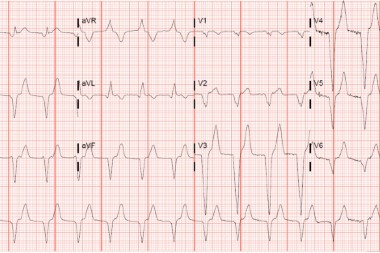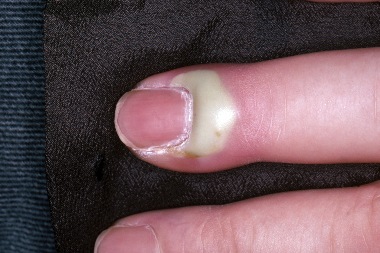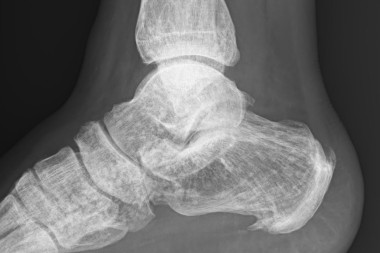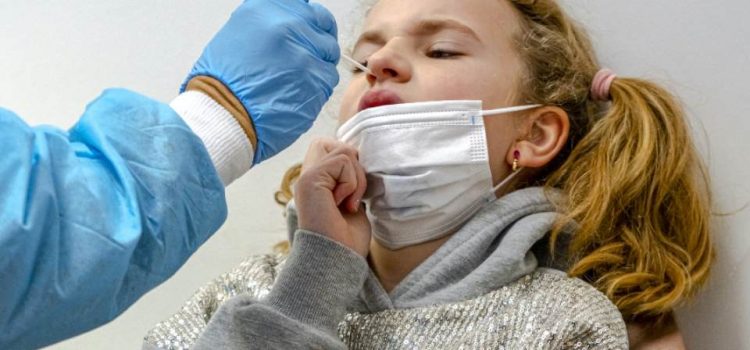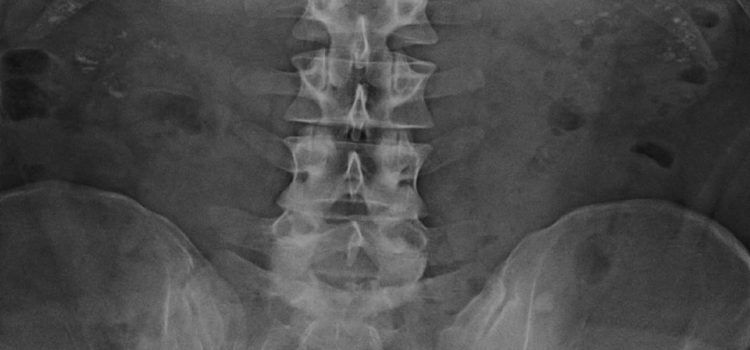The patient is a 36-year-old male with a history of tobacco and alcohol use who presents to urgent care with sudden-onset substernal chest pain and shortness of breath that began 1 hour prior to arrival. View the ECG taken and consider what your diagnosis and next steps would be. Resolution of the case is described on the next page.
Read More